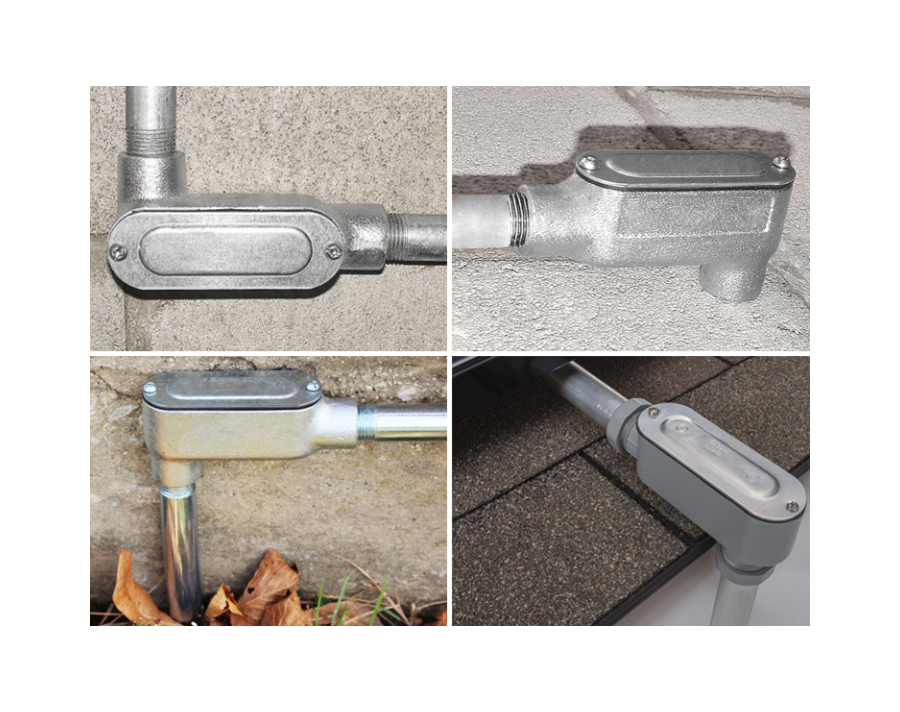
If you're involved in electrical installations, you've likely come across conduit bodies. These essential components play a crucial role in ensuring the safety and functionality of electrical systems. But with various types available, it can be confusing to know which one to use for specific applications. In this blog, we'll break down what conduit bodies are, their key functions, and the different types you need to know.
What Are Conduit Bodies and Why Are They Important?
Conduit bodies are fittings used to connect sections of electrical raceways (protective conduits that house and protect electrical wires). Their primary purposes are threefold: first, they allow for changes in the direction of wire runs; second, they protect electrical wires from moisture, humidity, heat, corrosion, and physical damage; third, they provide accessible points for pulling, splicing, or maintaining wires, thanks to their removable covers paired with gaskets that prevent moisture intrusion.

A Closer Look at Common Conduit Body Types
LR Conduit Bodies
LR conduit bodies feature an L - shaped design for 90 - degree turns. The inlet is aligned with the access cover, and the outlet is positioned on the right - hand side. They are specifically used when you need to make a 90 - degree turn in the same plane, directing the wire run to the right.
LL Conduit Bodies
Similar to LR conduit bodies in their L - shaped, 90 - degree turn design, LL conduit bodies have the inlet aligned with the access cover, but the outlet is on the left - hand side. They serve the same purpose of 90 - degree turns in the same plane as LR ones but in the opposite direction, guiding the wire run to the left.
LB Conduit Bodies
LB conduit bodies have a right - angled structure with two ports. The inlet is aligned with the access cover, and the outlet is on the back (opposite the cover side). They are particularly useful for routing wires through walls, such as transitioning from an outdoor to an indoor electrical system.
T - Shaped Conduit Bodies
As the name suggests, T - shaped conduit bodies have a T - like structure with three ports. The inlet is aligned with the access cover, and there are outlets on both the left and right sides. These are ideal for either combining wires from two different locations into one or splitting a wire run from a single source to two separate destinations. The removable cover makes it easy to work with the conductors inside.
X - Shaped Conduit Bodies
X - shaped conduit bodies come with four ports arranged in two sets of parallel directions, forming an X shape. They are designed to connect four separate conduits, greatly simplifying the installation and maintenance of wire runs that need to branch out in four directions. This type is considered the most convenient for wire installation among the various conduit body types.
Type C Conduit Bodies
Type C conduit bodies have a straight - line structure with two ports, one above and one below the access cover. They are used for straight - line connections of conduits without changing the direction of the wire run. Their main function is to provide an accessible maintenance point along a straight conduit installation.
General Requirements
It's important to note that all conduit bodies must be used in compliance with the relevant regulations set by OSHA (Occupational Safety and Health Administration). Adhering to these standards ensures the safety and compliance of electrical installations, protecting both workers and the integrity of the electrical system.
Whether you're working on a small residential electrical project or a large commercial installation, understanding the different conduit body types and their applications is key to ensuring a safe, efficient, and code - compliant electrical system.